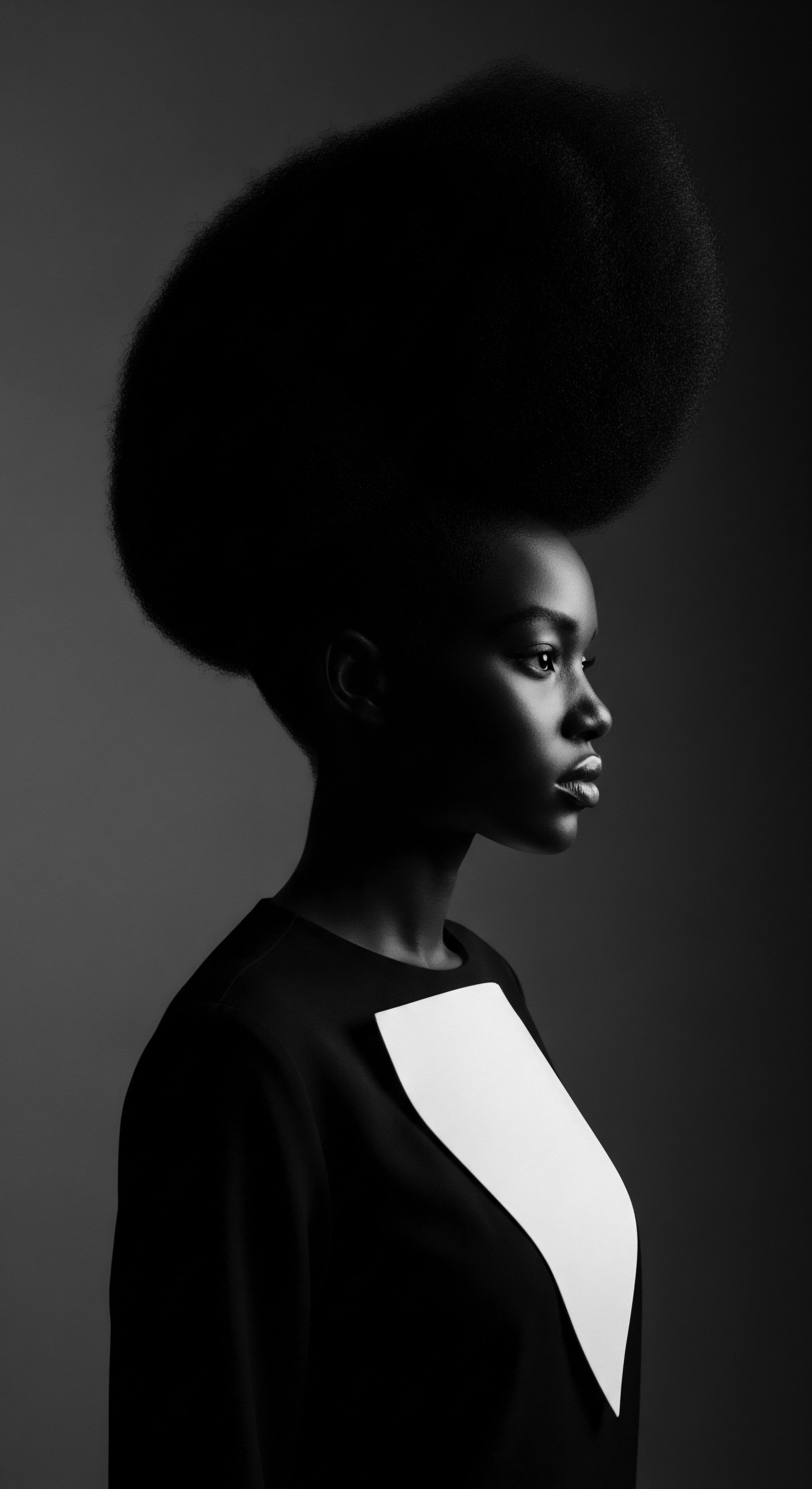
Roots
For generations, the stories of our textured strands have been told not merely through whispered tales but through the living wisdom passed from elder to child, from hand to coil. These stories, steeped in the sun-drenched landscapes of ancestral lands and carried across the winds of time, whisper of practices that held a profound reverence for hair. They speak to a deep understanding of its biological intricacies, its symbolic power, and its essential role in shaping individual and communal identity. What ancestral hair practices still hold true for healthy textured strands today?
The answer unfolds as a testament to the enduring power of heritage, a vibrant dialogue between ancient wisdom and contemporary understanding. It is a dialogue that recognizes the elemental biology of textured hair—its unique helical structure, its varying curl patterns, its inherent thirst for moisture—and honors the ingenuity of those who first discerned its needs. The wisdom woven into these practices, from the earliest human communities to the rich diasporic cultures of today, provides a powerful compass for anyone seeking truly healthy, vibrant hair.

Hair’s Elemental Blueprint
Textured hair, in its myriad forms, possesses a distinct anatomical blueprint. The elliptical or flattened shape of the hair follicle dictates the curl’s tightness and direction, influencing how sebum, the scalp’s natural oil, travels down the strand. This anatomical reality means that oils, once considered the foundation of hair health in many traditional societies, play a central role in delivering moisture to these naturally drier strands. The ancient understanding of hair, long before microscopes or molecular diagrams, intuitively grasped this need for lipid-rich emollients and sealants.
Centuries before modern chemistry isolated humectants or proteins, ancestral practitioners understood the need for hair to remain pliable and protected. They observed that tight coils, while beautiful and resilient, were also prone to tangling and breakage if left unaddressed. This keen observation led to the development of methods that minimize friction and preserve the hair’s integrity, echoing principles of modern protective styling and low-manipulation regimens. The science, as we understand it today, often validates the empirical wisdom of generations past, affirming that the very structure of textured hair benefits from ancestral care principles.
Ancestral hair wisdom, though unwritten in scientific journals of its time, intuitively understood the unique biological needs of textured strands.
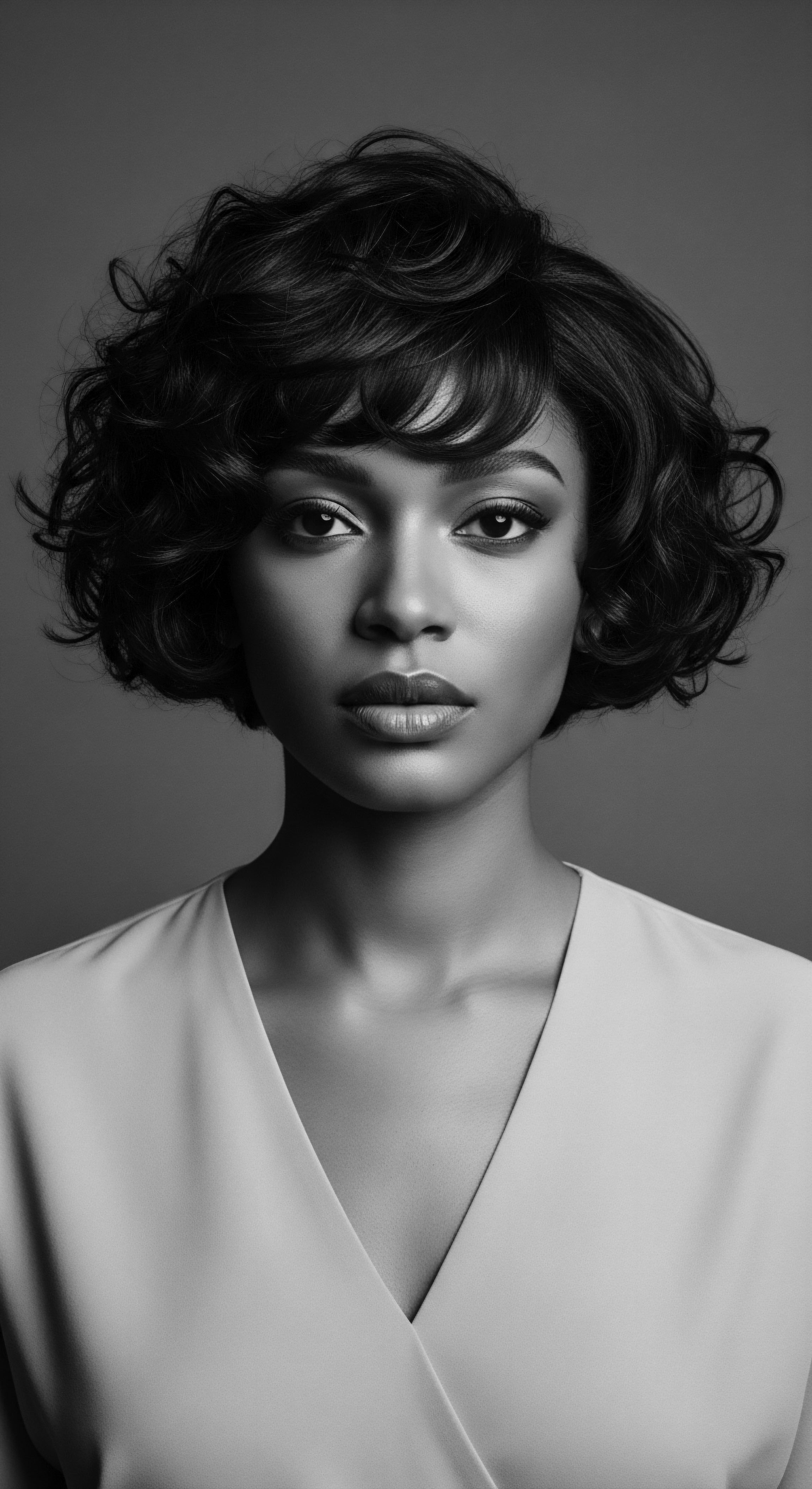
Naming the Patterns, Honoring the Heritage
The contemporary classification systems for textured hair—often using numbers and letters to denote curl patterns—are relatively recent constructs. Yet, the recognition of diverse hair textures is as ancient as human migration. Ancestral communities did not categorize hair merely for aesthetic preference; the styles and patterns often conveyed vital social information. In pre-colonial African societies, a person’s hairstyle could communicate their Tribe, their Social Status, their Age, their Marital Status, and even their Religious Beliefs.
This deep connection between hair and identity is a foundational aspect of textured hair heritage. The language of hair was a visual lexicon, a silent communication within communities. For example, specific cornrow patterns could denote belonging to a particular ethnic group, with archaeological evidence tracing cornrows back to 3000 BC in Africa, used to express tribal identity, age, marital status, or social class. This historical perspective reveals that understanding textured hair begins not only with its biology but with the cultural narratives woven into its very existence.
- Irun Dídì ❉ The Yoruba term for cornrows, reflecting a style with deep spiritual and social significance, where skilled braiders were highly respected.
- Otjize ❉ A red ochre paste mixed with butterfat used by the Himba tribe in Namibia, not only for cultural symbolism but also as a practical protectant against sun and insects.
- Chebe Powder ❉ Sourced from the Chébé plant in Chad, traditionally used by the Bassara/Baggara Arab tribe for length retention and moisture.

Ritual
The tender hand passing oil through coils, the rhythmic click of braiding tools, the quiet communal gathering where stories intermingle with the creation of intricate designs—these are the heartbeats of ancestral hair ritual. These practices were seldom solitary acts; they were communal expressions of care, identity, and shared heritage. The transformation of strands through skilled hands held both artistic and scientific principles, long before those terms were formally applied to hair care.
How have ancestral hair practices influenced traditional and modern styling heritage?
The art of textured hair styling is a living archive, continuously drawing from practices born of necessity, community, and spiritual belief. Protective styles, for example, are not a contemporary invention; their roots stretch back millennia, designed to preserve the hair from environmental rigors and minimize manipulation. These styles also hold profound cultural weight, often signifying social standing, rites of passage, or affiliations. The legacy of these practices continues to shape modern aesthetics and care regimens, providing a robust framework for preserving strand health while celebrating cultural continuity.

The Enduring Wisdom of Protective Styles
Protective styles stand as a cornerstone of ancestral hair care, a practice refined over countless generations to safeguard textured strands. These styles, such as Braids, Twists, and Cornrows, minimize exposure to environmental elements and reduce breakage caused by constant manipulation. Their practicality was paramount in climates where harsh sun, dust, and limited access to water meant hair needed resilient defense.
Beyond their functional purpose, these styles served as powerful visual markers of heritage and identity. Cornrows, with their origins dating back to 3000 BC, were not only practical but also communicated tribal identity, age, marital status, and social class in African societies.
The practice extended beyond aesthetics. During the transatlantic slave trade, enslaved Africans ingeniously used cornrows to conceal rice seeds for sustenance and even as hidden maps to navigate escape routes, transforming hair into a symbol of resistance and survival. This powerful historical context grounds the contemporary popularity of protective styles, underscoring their enduring relevance as a link to ancestral ingenuity and resilience. Today’s box braids and Fulani braids echo these ancient techniques, offering a means to protect hair while expressing a deep connection to lineage.
| Traditional Practice Hair Oiling/Buttering |
| Cultural Origin/Historical Context Used across Africa and Asia (e.g. Shea butter in West Africa, Castor oil in Ancient Egypt) for moisture retention and scalp health in hot, dry climates. |
| Modern Relevance for Textured Hair Continues as a foundational step for sealing moisture into porous textured hair, promoting scalp health, and adding shine. |
| Traditional Practice Protective Braiding |
| Cultural Origin/Historical Context Ancient African practice (e.g. Cornrows 3000 BC, Fulani braids) signifying identity, status, and safeguarding strands from environmental damage. |
| Modern Relevance for Textured Hair Essential for length retention and minimizing manipulation, widely adopted for hair health and versatile styling. |
| Traditional Practice Hair Threading (Irun Kiko) |
| Cultural Origin/Historical Context Yoruba tradition (Nigeria, 15th century) for stretching hair and protecting it from breakage. |
| Modern Relevance for Textured Hair Still used to stretch hair without heat and maintain length, particularly beneficial for tightly coiled patterns. |
| Traditional Practice These ancestral methods demonstrate a continuity of knowledge, adapting to contemporary needs while retaining their historical essence. |

Tools and Transformations Through Time
The tools employed in ancestral hair care were extensions of natural resources and communal artistry. From intricately carved wooden combs that gently detangled knots, to various plant fibers used for extensions and threading, each tool served a specific purpose. These were not mass-produced implements but often crafted with care, imbued with cultural significance. The Yoruba people, for example, had specific combs, the ìlàrí or the ìyàrí, whose usage was regulated for sacred occasions, highlighting the reverence for the act of hair shaping itself.
Today, the essence of these tools persists. The wide-toothed comb, the satin bonnet, the silk scarf—all echo ancestral principles of gentle handling and protection. The transformation of textured hair, whether through elongating coils with threading or creating elaborate braided sculptures, has always been an intentional process.
It is a process that understands the hair’s innate capabilities, working with its natural tendencies rather than against them. The legacy of these techniques reminds us that the best tools, whether ancient or modern, serve to honor and preserve the hair’s inherent beauty, connecting us to a long line of practitioners who understood this deeply.
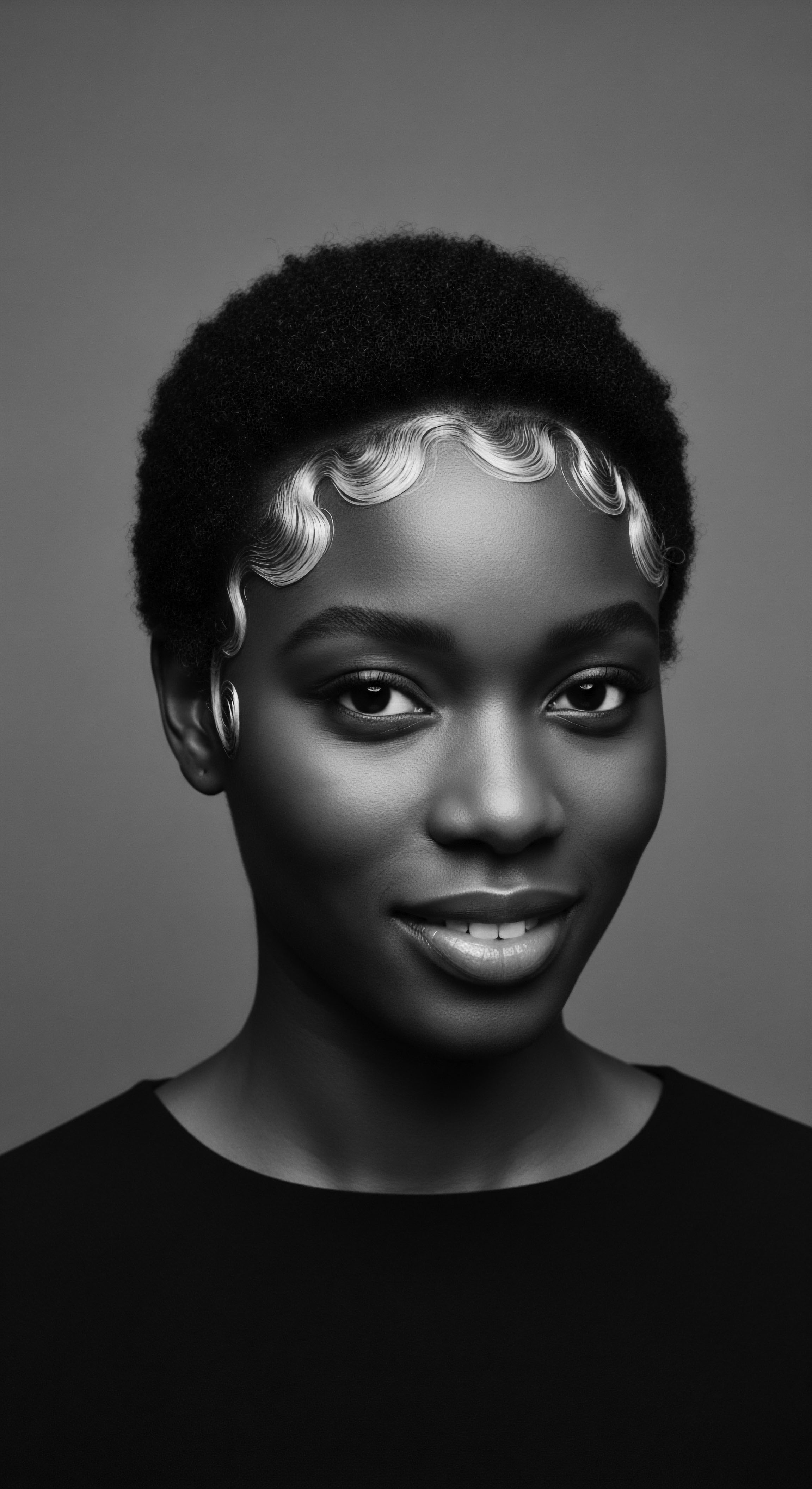
Relay
The enduring lessons from ancestral hair practices extend far beyond mere styling; they shape a holistic understanding of textured hair health, weaving together biological realities with communal well-being and spiritual connection. This body of wisdom, inherited across generations, speaks to a continuity of care that resonates deeply within the experience of Black and mixed-race communities. It reveals how practices of old, once born of necessity and tradition, now find validation in modern scientific understanding, providing a powerful framework for radiant strands today.
How does ancestral wisdom inform holistic textured hair care and problem-solving in contemporary life?
The principles of protective care, mindful nourishment, and community engagement, so central to historical hair traditions, remain strikingly pertinent. This isn’t just about recreating ancient styles; it is about reclaiming a philosophy of self-care rooted in reverence for one’s physical and cultural being. Textured hair, often subjected to Eurocentric beauty standards that necessitated alteration, finds its most profound well-being in practices that acknowledge its distinct heritage and honor its natural form. The wisdom of the past, in this context, becomes a beacon guiding present and future generations toward self-acceptance and enduring health for their strands.
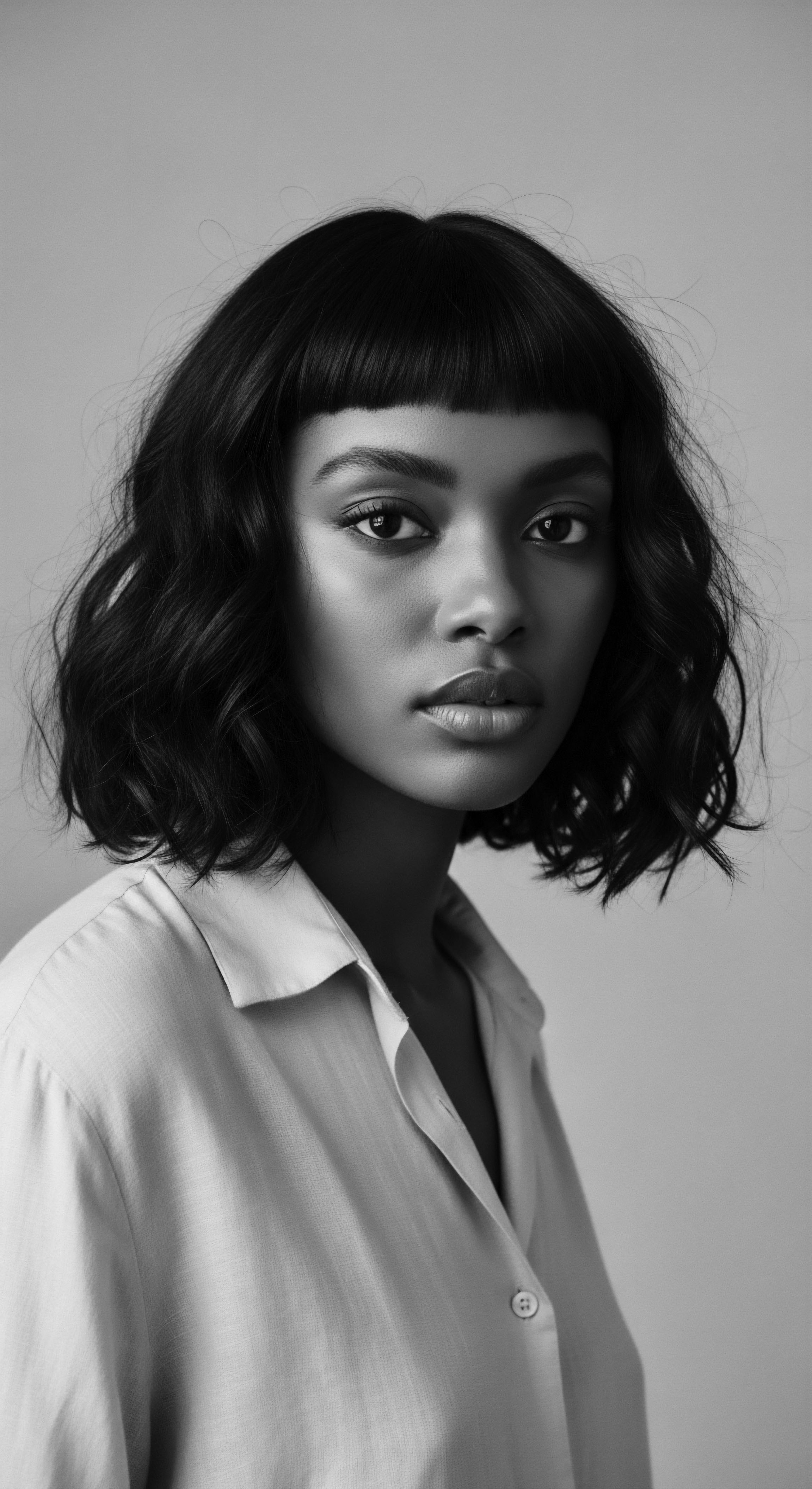
Building Personalized Regimens from Ancient Foundations
A personalized textured hair regimen, at its core, draws inspiration from ancestral wisdom—a deep understanding of what the hair needs for sustained vitality. Ancient traditions emphasized observation and adaptation, recognizing that hair health was intrinsically linked to environment, diet, and individual constitution. They utilized readily available botanical resources, carefully selected for their specific benefits. This empiricism laid the groundwork for today’s ingredient-focused approach to hair care.
Consider the use of natural oils and butters, a practice widespread across various African communities. Shea butter, a staple in West African traditions, was not only used for its moisturizing properties but also to protect hair from harsh climatic conditions. Its rich composition of fatty acids and vitamins provides deep conditioning, creating a barrier against moisture loss.
Similarly, the Himba tribe’s use of Otjize, a blend of red ochre and butterfat, served as both a cultural marker and a sun protectant. These historical applications highlight an ancestral understanding of emollients as foundational to hair health, an understanding validated by modern trichology which recognizes the porosity and natural dryness of many textured hair types.
The Chébé powder, originating from the Bassara/Baggara Arab tribe in Chad, provides another compelling example of ancestral ingredient wisdom. This powder, mixed with water and applied to the hair, was used to aid length retention by strengthening the hair shaft and sealing the cuticle. A 2018 study by anthropologist Lucy Gomez revealed that among the Mursi people of Ethiopia, 75% of women use specific weaving techniques during bereavement, underscoring the deep integration of hair practices into social and spiritual life. This powerful connection between natural ingredients, cultural rituals, and tangible benefits for hair health forms the blueprint for contemporary personalized routines, advocating for ingredients that truly nourish and protect.

The Nighttime Sanctuary
The practice of protecting hair during sleep is not a modern innovation, but a profound ancestral wisdom passed down through generations. Long before satin pillowcases became a popular recommendation, various African and diasporic communities understood the need to safeguard delicate textured strands from friction and moisture loss overnight. Head wraps, scarves, and bonnets, often crafted from smooth fabrics, served as essential tools in this nightly ritual. They prevented tangling, preserved intricate hairstyles, and maintained moisture, extending the life and health of styles like braids and twists.
This nighttime care was not simply about convenience; it was about preserving the painstaking work of styling and maintaining the hair’s condition, especially in environments where daily washing was not always feasible due to water scarcity. The symbolic significance of head coverings also played a role, with head wraps often symbolizing tribe and social status in African villages. The wisdom embedded in these nightly rituals, a simple yet highly effective act of care, continues to be a relevant and accessible practice today, serving as a testament to ancestral foresight in protecting textured hair.

Holistic Influences on Hair Health
Ancestral wellness philosophies viewed the body as an interconnected system, where external appearance often reflected internal balance. Hair health, therefore, was not isolated but understood within a broader context of nutrition, spiritual well-being, and community harmony. Traditional diets rich in natural, unprocessed foods provided the necessary vitamins and minerals for healthy hair growth. Herbs and plants, beyond their topical application, were often consumed for their systemic benefits, demonstrating a comprehensive understanding of wellness.
The communal aspect of hair care also speaks to a holistic approach. Gatherings for braiding or styling sessions were not just about creating a look; they were spaces for storytelling, shared laughter, and the transmission of cultural knowledge and values. These communal rites strengthened social bonds and fostered a sense of belonging, contributing to overall mental and emotional well-being, which in turn influenced physical health, including that of the hair. This powerful legacy reminds us that true hair health extends beyond products, embracing a lifestyle that nourishes the body, mind, and spirit—a direct echo of the ancestral understanding of integrated wellness.
- Scalp Massage ❉ A practice common in Ayurvedic traditions and various African cultures, stimulating circulation and promoting nutrient delivery to hair follicles.
- Herbal Rinses ❉ Utilizing infusions of herbs like rosemary or nettle for shine and growth, a practice found in medieval Europe and indigenous communities globally.
- Community Grooming ❉ Sessions for braiding or styling fostered social bonds, passed down traditions, and provided psychological support within African and diasporic communities.
The threads of ancestral knowledge, particularly around natural ingredients and protective styles, remain foundational to healthy textured hair care.
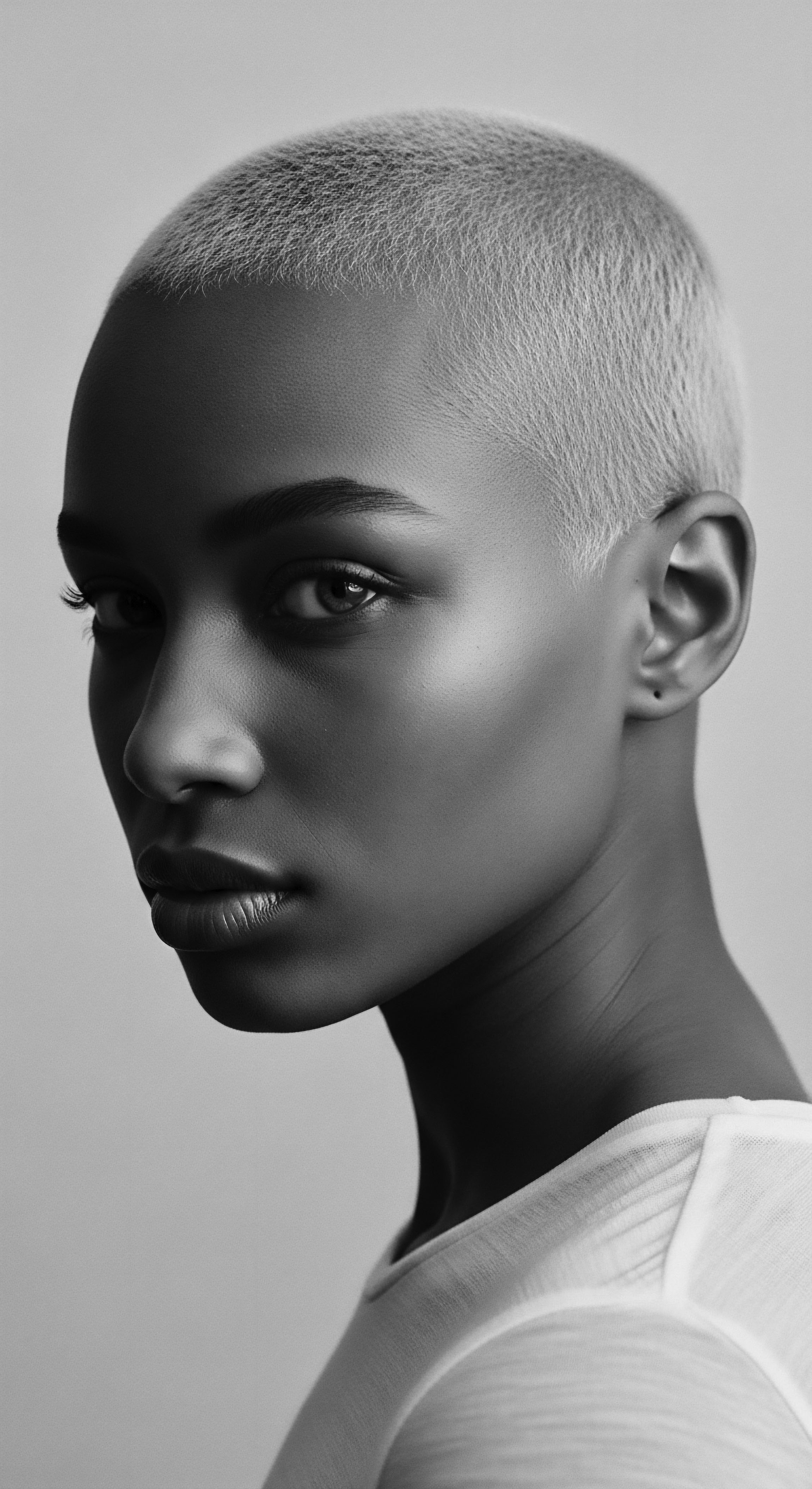
Reflection
As we stand at the nexus of heritage and modernity, the enduring spirit of Roothea’s ‘Soul of a Strand’ whispers through the very fibers of textured hair. It reminds us that our coils and kinks are not merely biological marvels; they are living testaments to the ingenuity, resilience, and profound wisdom of our forebears. The ancestral hair practices that persist today are more than techniques; they are continuations of a legacy, a sacred trust passed from hand to hand, generation to generation.
From the primal understanding of hair’s anatomy that guided the first applications of natural butters to the intricate braiding patterns that once mapped escape routes and denoted social standing, a powerful narrative unfolds. It is a narrative that speaks to the deep reverence held for hair as a crown, a communicator, and a connection to the spiritual realm. In recognizing these practices, we honor the profound intelligence of communities who navigated their world with an innate understanding of natural cycles and the body’s needs.
This acknowledgement allows us to approach textured hair care not as a trend, but as a deliberate act of cultural affirmation, a deeply rooted act of self-care. The lessons of protection, nourishment, and communal connection, so central to ancestral approaches, continue to offer a guiding light, allowing each strand to stand as a luminous echo of a vibrant, unbreakable heritage.

References
- Bebrų Kosmetika. (2024, August 23). The Power of Hair in African Folklore ❉ Rituals and Traditions.
- Afriklens. (2024, November 1). African Hairstyles ❉ Cultural Significance and Legacy.
- Refinery29. (2021, February 23). The Evolution Of The Natural Hair Movement.
- BLAM UK CIC. (2022, September 15). The history of Black Hair.
- Khumbula. (2024, April 16). A Crowning Glory ❉ Hair as History, Identity, and Ritual.
- Historical Perspectives on Hair Care and Common Styling Practices in Black Women. (2025, March 4).
- Cécred. (2025, April 15). Understanding Hair Oiling ❉ History, Benefits & More.
- Google Arts & Culture. Curious Questions for The Maasai ❉ Part 1.
- Sechi Academy. (2024, August 13). Global Braids ❉ Exploring the Cultural History of Hair Braiding.
- Masai Mara. The Famous Maasai People from Tanzania – Their Culture, Rituals, Beliefs and More.
- DiscoverYorùbá!. (2024, December 23). 7 Beautiful Traditional Yoruba Hairstyles – Irun Dídì Ni Ayé Àtijọ́.
- Byrdie. (2022, November 10). How the Early Natural Hair Movement Changed the Beauty World as We Know It.
- Trill Mag. (2024, June 24). The Cultural Roots of Your Summer Braids.
- Mango Butterfull Cosmetics. (2022, May 26). What is the purpose of the oil bath?
- Wikipedia. Natural hair movement.
- Wikipedia. Protective hairstyle.
- Sartorial Magazine. (2025, January 13). Braids, Locs, and Beyond ❉ The Beauty and History of Protective Styles.
- Our Ancestories. (2025, April 4). Braids, Beads, and Beauty ❉ Exploring African Hair Traditions With Your.
- Obscure Histories. (2024, February 13). Unlocking Ancient African Beauty Traditions ❉ A Tribute to Black History Month with Timeless Indigenous Ingredients for Radiant Skin and Hair.
